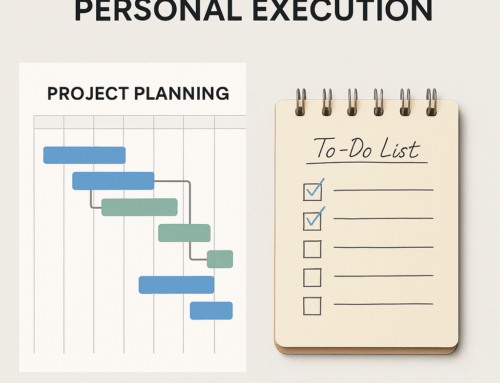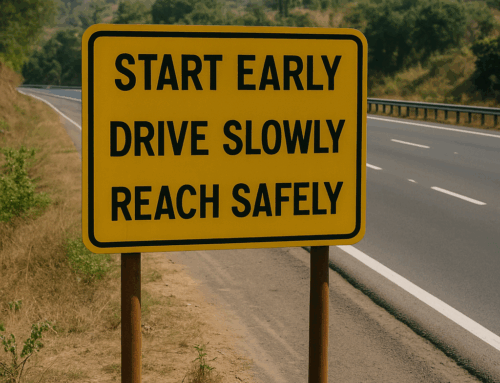A few years ago, I attended a gardening workshop by a horticulturist. The audience was full of enthusiastic plant parents, each with their own set of worries:
“Should I water once a day or twice?”
“Which direction should I keep my Jade plant?”
“What fertilizer do you recommend for faster growth?”
The horticulturist answered all the questions patiently. But then he paused and said something that has stayed with me ever since.
“In the forest, these very plants thrive beautifully without any of this care. Nobody fusses over them. The real problem starts when we move them from their natural habitat into our homes. After that, we try to ‘care’ for them—and often create more problems than we solve.”
It was such a simple idea—yet so profound. Because it applies to us humans too.
We’ve also been uprooted from our natural habitat, from the lifestyle we were designed for. We were built to move constantly, to hunt and gather, to rest in short bursts, to sleep in sync with light and dark, and to respond only to real, tangible threats. Today, we sit in chairs for 10 hours, stare at screens, eat from packets, chase deadlines, and worry about emails as if they’re predators.
And yet, it’s not easy to break the human body. This design—refined not over millennia, but hundreds of thousands of years—is incredibly robust, resilient, and time-tested. We’re up against a creator who built something remarkably durable. Ironically, in the name of progress, we’ve invented some of the most powerful weapons against it: prolonged stillness, chronic stress, processed everything, and screens that rob us of sleep. It’s as if we’ve outsmarted our own biology—with unintended consequences.
It’s not that we’re broken. It’s that we’re out of place. Just like the potted plant on your balcony, we’re trying to survive in an environment we were never meant for. And then we wonder why our backs hurt, why digestion falters, why we feel anxious or can’t sleep.
So, what’s the fix?
We can’t go back to the forest. We can’t abandon our responsibilities and become barefoot nomads. But we can try to recreate some of that natural rhythm in the lives we live today.
There are two simple but powerful shifts I’ve found helpful.
First, we’re not meant to sit in the same position for hours. Standing desks, pacing during calls, stretching every hour, walking to get water—all of this counts. You can’t undo 10 hours of stillness with one hour of intense workout. It’s the continuous posture change and light activity that keeps our systems awake and functioning smoothly.
Second, our stress response is ancient and brilliant. It saved our ancestors from real danger. But today, it’s triggered by pings, meetings, a rush to complete activities, traffic, and whatnot. And unlike our ancestors, we rarely let our bodies return to calm. We live in a near-constant state of alert. The solution? Small things. Take a few long breaths while completing tasks. Sip water. Look outside. Build in micro-recovery.
It’s not just big deadlines—we often do this with everyday tasks too – joining a meeting, leaving for a movie, heading out for a game. We delay by minutes, then suddenly rush—scrambling with keys, skipping breaths, mentally apologizing for being “almost there.” Our bodies kick into stress mode for things never meant to be stressful.
Try flipping the script: Start a little early. Be ready before you need to be. And then… breathe. Use that spare moment to stretch, sip water, or just sit without a screen. It’s amazing how much calmer and more in control you’ll feel—with just a little margin built in.
Stress isn’t just in the mind—it shapes our hormones, sleep, digestion, and even immune function.
Maybe the right question isn’t “What’s the best health routine?” Maybe it’s “How far have I drifted from my natural way of being?” And “What can I gently restore today?” We may not live in forests anymore. But we can stop making the concrete jungle harder than it needs to be.
Here’s to reclaiming small pieces of our original design—one full breath, one good stretch, one step at a time!!
Subscribe to my newsletter, to get tips like this and more, directly in your inbox!
(Originally published in Times of India on April 12, 2025)






